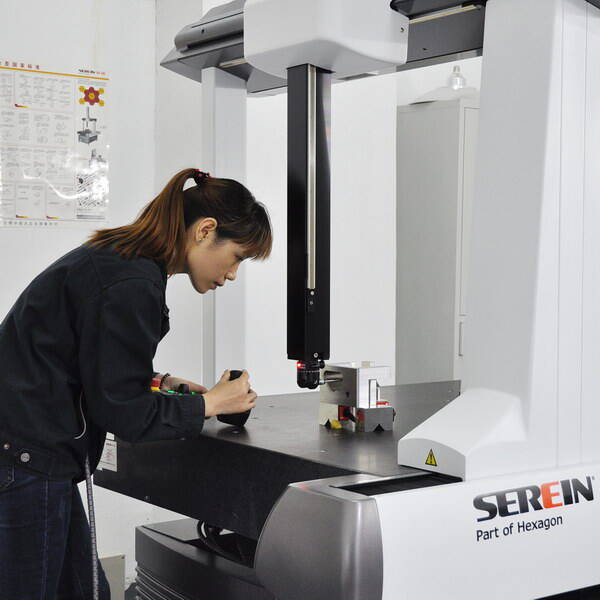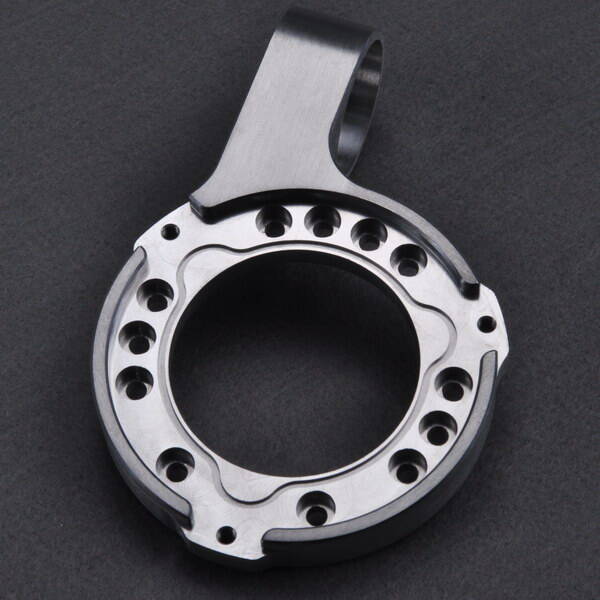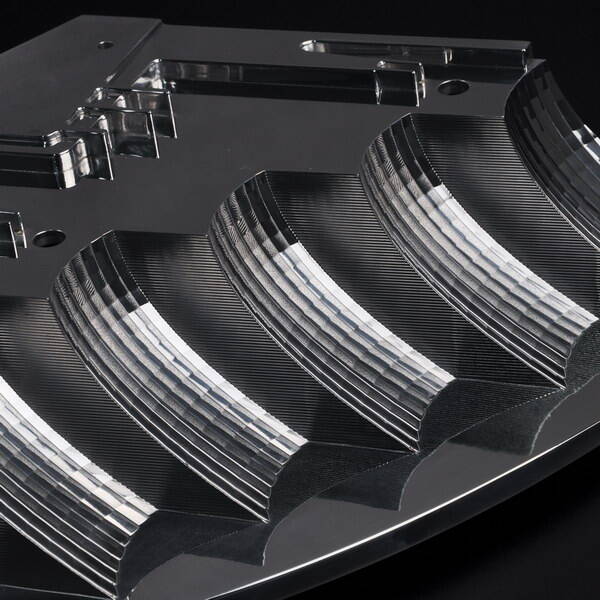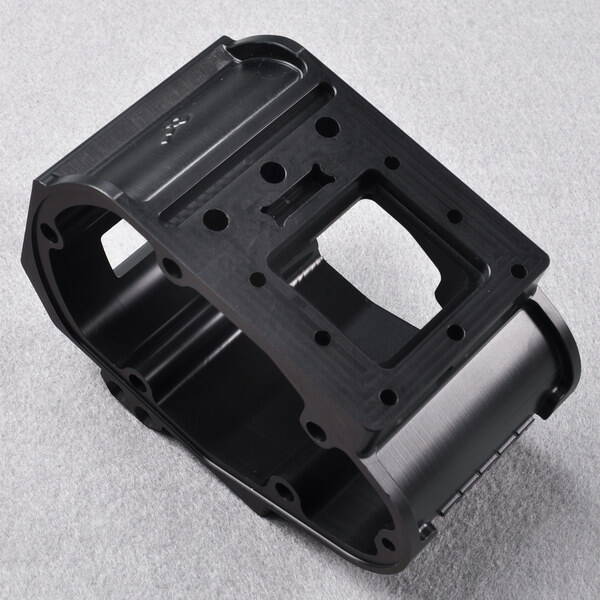Heat treating a precision machined component is a process that is used to improve the properties of metals and alloys. The most common reason for heat treating precision turned parts is to harden or soften the material. Hardening makes the metal more resistant to wear and tear, while softening makes the metal more pliable and less likely to break. Heat treatment can also be used to change the microstructure of a metal, making it stronger or more ductile. In some cases, heat treatment can even be used to repair damaged metal.
There are many different methods of heat treatment, but they all involve heating the metal to a specific temperature and then cooling it at a controlled rate. The speed at which the metal is cooled will determine the final properties of the metal. For example, if a metal is cooled quickly, it will be harder than if it was cooled slowly. Different metals and alloys will require different heat treatment processes in order to achieve the desired results.
The heat-treating process is a series of industrial procedures used to alter the physical and chemical properties of metals and alloys. The most common reason for heat-treating is to harden or strengthen the material. Other reasons include stress relief, improving ductility and toughness, and enhancing wear resistance.
The heat-treating process
There are four main categories of heat-treating processes: annealing, normalizing, quenching, and tempering.
Annealing: Annealing is a heat-treatment process that alters the microstructure of a material in order to change its mechanical or electrical properties. This process is commonly used to soften metals or alloys so that they can be cold worked without breaking.
Normalizing: Normalizing is a heat-treatment process that alters the microstructure of a material so that it becomes uniform throughout. This process is commonly used to improve the strength, ductility, and toughness of metals and alloys.
Quenching: Quenching is a heat-treatment process that rapidly cools a material in order to harden or strengthen it. This process is commonly used with high-carbon steels and other metals and alloys that cannot be heated for extended periods of time without becoming too brittle.
Tempering: Tempering is a heat-treatment process that alters the microstructure of a material in order to relieve internal stresses and improve toughness. This process is commonly used after quenching in order to improve the ductility and toughness of metals and alloys.
Adverse effects of heat treatment on the surface of the part
One of the most important aspects of heat treatment is surface hardening. This is because the surface of the part is where it will be subject to the most wear and tear. The hardening process makes the surface of the metal harder and more resistant to wear and tear. However, there are some adverse effects of heat treatment on the surface of the part that should be taken into account.
One of the adverse effects of heat treatment on the surface of the part is distortion. This is because during the heating process, the molecules of the metal expand. When they are cooled down, they contract again. However, they do not always contract to their original size. This results in distortion of the metal.
Another adverse effect of heat treatment on the surface of the part is cracking. This is because during the heating process, the metal is subjected to high temperatures. This can cause the metal to become brittle and cracked.
Finally, another adverse effect of heat treatment on the surface of the part is warping. This is because during the cooling process, the metal contracts unevenly. This results in the metal becoming warped.
How does heat treatment work
Heat treatment is a process that uses high temperatures to change the physical and/or chemical properties of a material. The material is heated to a specific temperature for a specific amount of time, then cooled. The purpose of heat treatment is to improve the strength, toughness, hardness, or ductility of the material. It can also be used to change the microstructure of the material, making it more resistant to wear or corrosion.
Heat treatment is a process that alters the physical and sometimes chemical properties of a material. Common applications include case hardening of gears, de-scaling of tools, stress relieving, annealing and tempering of metals.
The most common method of heat treatment is heating the material to a specific temperature for a set period of time, followed by cooling it at a controlled rate. This can be done using furnaces or more commonly these days using induction heating.
Other methods include carburizing, nitriding and normalizing.
Heat treatment works by changing the microstructure of the material being treated. The microstructure is the way the atoms are arranged in the material on a small scale. When the material is heated, the atoms vibrate more and are further apart from each other. When the material is cooled, the atoms vibrate less and are closer together.
The rate of cooling also affects the microstructure. If the material is cooled slowly, the atoms have time to rearrange themselves into a different structure than if it was cooled quickly.
Changing the microstructure changes the properties of the material. For example, steel can be hardened by heating it and then cooling it quickly. This makes the steel harder, but also more brittle.
Carburizing is a heat treatment process in which carbon is added to the surface of low-carbon steel. The purpose of carburizing is to increase the hardness and strength of the steel.
Carburizing is done by heating the steel in a carbon-rich environment, such as charcoal or coke. The carbon diffuses into the surface of the steel, creating a layer of carbon on the surface.
Nitriding is a heat treatment process in which nitrogen is added to the surface of a metal. Nitriding is used to increase the hardness and wear resistance of the metal.
Nitriding is done by heating the metal in a nitrogen-rich environment, such as ammonia gas. The nitrogen diffuses into the surface of the metal, creating a layer of nitride on the surface.
Conclusion
Precision turned parts are often heat treated in order to improve their performance. The process of heat treatment is used to change the physical and chemical properties of materials. The most common type of heat treatment is annealing, which is used to reduce the hardness of a material. Other types of heat treatment include quenching, tempering, and normalizing. Heat treatment can be used to improve the strength, ductility, and toughness of a material. It can also be used to change the microstructure of a material, which can improve its wear resistance or electrical conductivity.

Ingrid Maldine is a business writer, editor and management consultant with extensive experience writing and consulting for both start-ups and long established companies. She has ten years management and leadership experience gained at BSkyB in London and Viva Travel Guides in Quito, Ecuador, giving her a depth of insight into innovation in international business. With an MBA from the University of Hull and many years of experience running her own business consultancy, Ingrid’s background allows her to connect with a diverse range of clients, including cutting edge technology and web-based start-ups but also multinationals in need of assistance. Ingrid has played a defining role in shaping organizational strategy for a wide range of different organizations, including for-profit, NGOs and charities. Ingrid has also served on the Board of Directors for the South American Explorers Club in Quito, Ecuador.












































